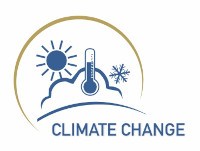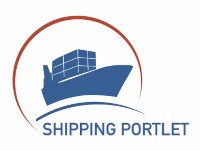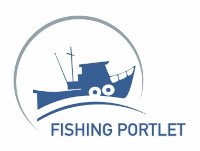As globalization and human activity in the Arctic continue to expand—including increasing commercial air traffic—there is a growing need for coherent legal frameworks that ensure safety, cooperation, and environmental protection. The unique geopolitical and environmental characteristics of the region demand a blend of international aviation law and domestic regulations specific to each Arctic state.
The Dual Nature of Arctic Aviation Law
Arctic aviation law operates at the intersection of international and national legal systems:
- International Law governs aspects such as aircraft certification, airspace use, safety standards, and the rights of passengers and cargo in transit.
- Domestic Law regulates the business operations of airlines, airport management, and infrastructure development, with each Arctic state—such as Canada, the United States, Norway, and Russia—implementing its own rules in line with international agreements.
Core Elements of the International Aviation Legal Framework
The international legal framework governing Arctic aviation consists primarily of treaties and conventions to which Arctic states are parties. These include:
- Aircraft registration and safety standards
- Transit and overflight rights
- Passenger and cargo liability
- Environmental compliance and climate obligations
These legal instruments can be either:
- Self-executing, requiring no additional national legislation to take effect, or
- Non-self-executing, meaning they must be formally adopted into national law.
Key Institutions and Regulatory Bodies
International Civil Aviation Organization (ICAO)
A specialized agency of the United Nations, ICAO plays a central role in shaping global aviation law. It develops international standards and recommended practices (SARPs), mediates disputes, and facilitates coordination between member states.
European Union Aviation Safety Agency (EASA)
Established in 2002, EASA replaced the Joint Aviation Authorities and is responsible for:
- Certifying aircraft and aviation products in Europe
- Ensuring compliance with safety and environmental standards
- Supporting Arctic EU member states in harmonizing aviation regulations
Important Treaties and Conventions can be viewed and accessed in our database:
- Paris Convention (1919) – Regulation of aerial navigation
- Chicago Convention (1944) – Foundation of modern international civil aviation law and ICAO
- International Air Services Transit Agreement – Transit rights over territories of member states
- International Air Transport Agreement – Commercial aviation and route access
- Agreement on Trade in Civil Aircraft – Facilitates tariff-free trade in aircraft
- General Agreement on Tariffs and Trade (GATT)
- General Agreement on Trade in Services(GATS) – Covers air transport services in trade law
- Warsaw Convention (1929) – Rules relating to international carriage by air (passenger liability)
- Montreal Convention (1999)– Update to the Warsaw Convention, improving passenger protection and simplifying liability rules
Recent Developments and Ongoing Challenges
With the rise in Arctic aviation traffic, several pressing issues have gained attention:
- Environmental concerns, such as black carbon emissions and climate impact on fragile Arctic ecosystems
- Search and rescue (SAR) cooperation and infrastructure gaps in remote polar areas
- Use of satellite navigation and communication systems to maintain safe air corridors
- Overflight rights and sovereignty concerns, especially as geopolitical interest in the Arctic grows
Additionally, newer agreements and regional initiatives—such as updates to ICAO’s Polar Operations Guidance—are increasingly important for ensuring resilience, safety, and sustainability in Arctic airspace.








